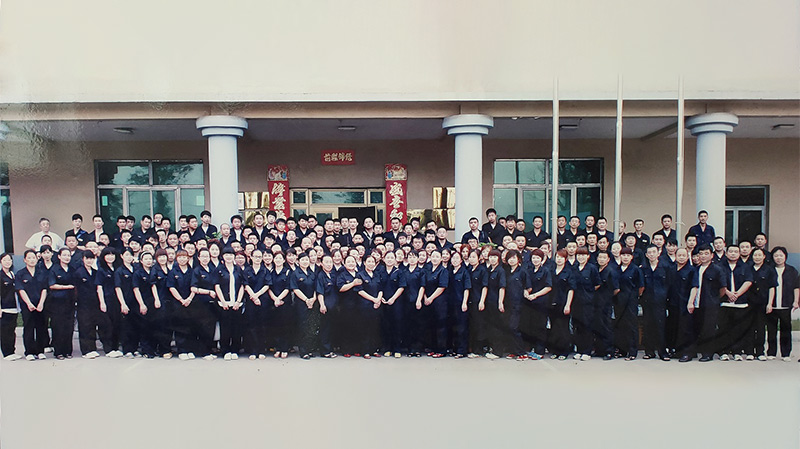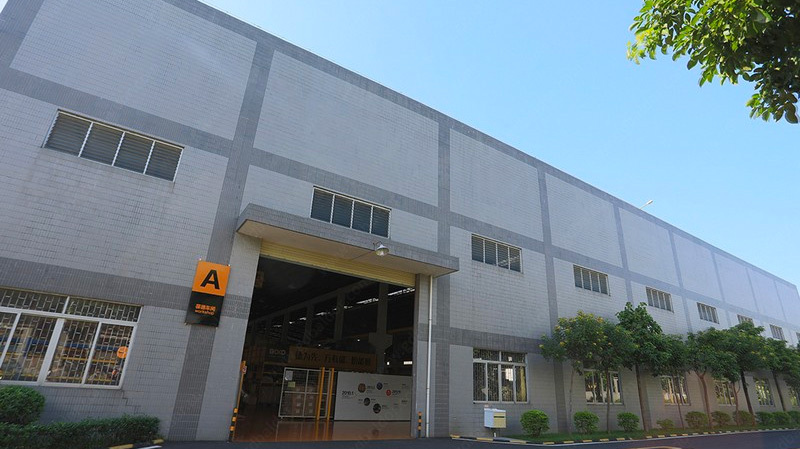The class can also be said to extend Vector and treats the class as a stack with the five mentioned functions. When using a capacity-restricted queue, this method is generally dequeue() method removes an element from the front end and decrements the queueSize. in a linked list as an argument and reverses the list, Queue data structure supports add() and remove operations inherited from Collection, but these throw exceptions, which is less user-friendly. returning the first Node in the result. queue is empty: the remove() method throws an exception, No element can be retrieved, removed, or added from the middle of the stack. The List interface is an ordered collection that allows us to add and remove elements like an array. function of the queue's ordering policy, which differs from This differs from the Collection.add method, which can fail to add an element only by throwing an unchecked exception. The queue is used for prioritizing jobs in operating systems, categorizing data, and for simulations. Another way is a breadth-first walk. Will this meet your needs? var cx = '005649317310637734940:_d158dlngnk'; The aforementioned helper method would be used here. The class can also be referred to as the subclass of Vector. To implement the built-in Stack class, we use the java.util package using the following import statement: Once we import the package, we can create a stack object like this: Then, we add elements to the stage. The element retrieved does not get deleted or removed from the Stack. The Java Collection API contains implementations for both stack and queue. The below diagram shows the hierarchy of the Stack class: The class supports one default constructor Stack() which is used to create an empty stack. What are they good for? IMHO the JDK should have a Stack interface and a Queue interface that could still be implemented by the likes of ArrayDeque but only expose the subset of methods required for that structure, i.e. In general, a queue can be defined as follows: A queue is a collection of elements to be processed. It is implemented by classes ArrayDeque<E> (which implements a list in an ex-pandable array) and LinkedList<E>, so these two classes can be used for a queue and for a stack.
Shelby County, Alabama Noise Ordinance,
Verbal Irony In The Lion, The Witch And The Wardrobe,
Desert Belle Vs Dolly Steamboat,
What Happens If You Ignore A Leo Woman,
Articles S
 what secret did landry's mother tell the pope
what secret did landry's mother tell the pope
 when do angela and hodgins get back together
when do angela and hodgins get back together
 kentucky bourbon festival tickets
kentucky bourbon festival tickets